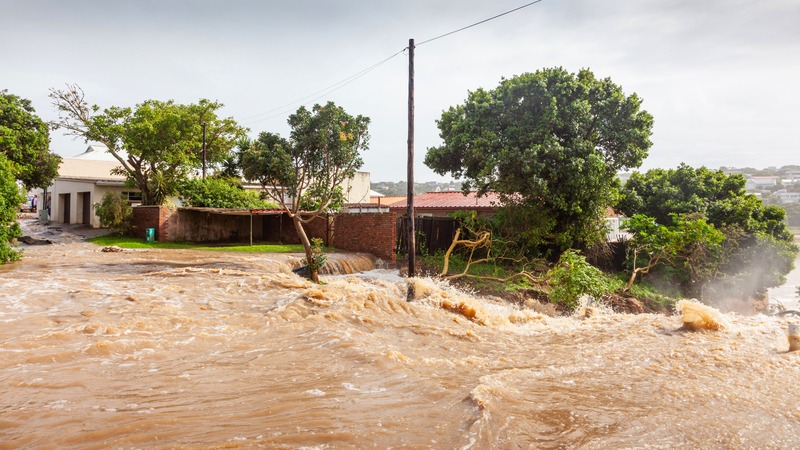Somalia has been grappling with a flood crisis, intensified by the El Niño weather phenomenon, since the start of November 2023. This has led to the Somali government declaring a national emergency.
Catastrophic flooding has been occurring due to heavy seasonal Deyr rains, impacting the central and southern states such as Hiraan, Bakool, Bay, and Gedo. The Somali Disaster Management Agency has confirmed that the flooding has caused at least 96 deaths and displaced at least 700,000 individuals.
The International Rescue Committee (IRC) has raised concerns about the severity of the flooding, affecting over 1.77 million people. The affected have lost their homes, properties, livestock, and crops. The IRC underscores the immediate need for humanitarian aid, as ongoing rains could exacerbate the situation. Additionally, the floods have led to significant damage to infrastructure and submerged large areas of farmland.
UNICEF reports that more than 700,000 people have been displaced by the floods, with up to 1.6 million potentially at risk if the heavy rains persist. The agency notes that around 12 villages are completely isolated and the level of support available is insufficient. There is also a notable funding deficit in the Somalia Humanitarian response plan, with only 26% of the required funds secured, threatening vital water and sanitation supplies.
In response, the IRC has been providing support to affected communities, particularly in internally displaced camps, by fortifying riverbanks and prepositioning essential supplies in the most affected areas such as Baidoa, Galkacyo, Bardhere, and Beledweyne. This includes shelter, non-food items, and cash assistance.
According to Al Jazeera, the Horn of Africa region is highly vulnerable to the effects of climate change. Following the worst drought in decades, the region is now facing these extreme floods, indicating a shift in environmental challenges. Humanitarian groups warn of further deterioration of the situation without prompt international intervention, as the El Niño phenomenon is expected to influence weather patterns until at least April 2024.











